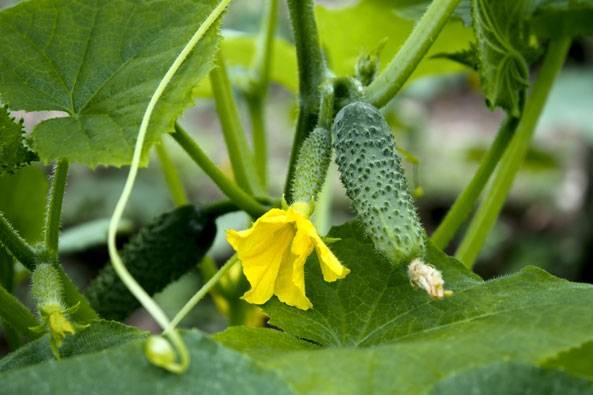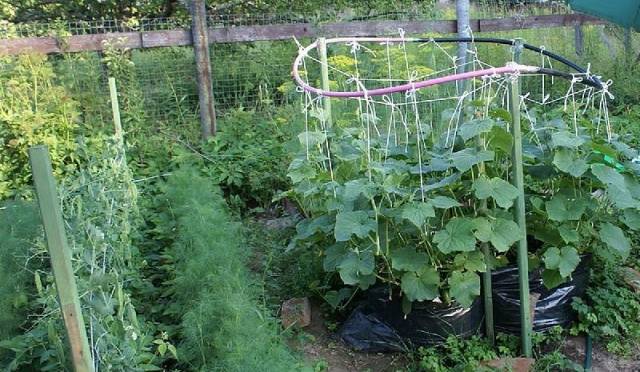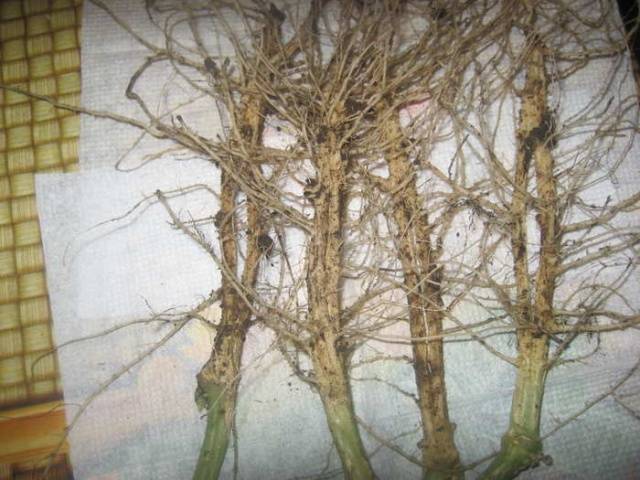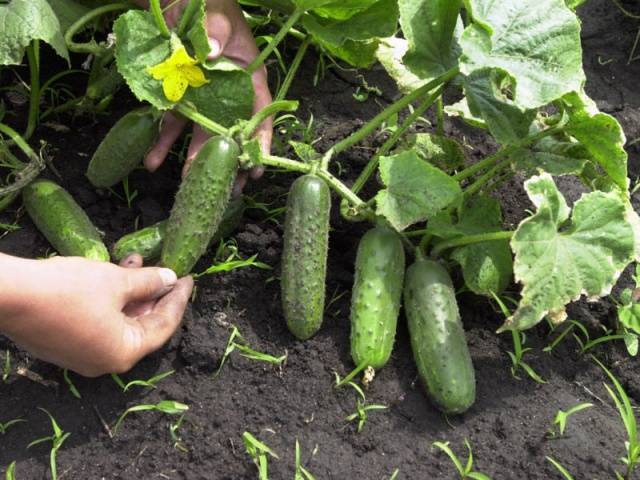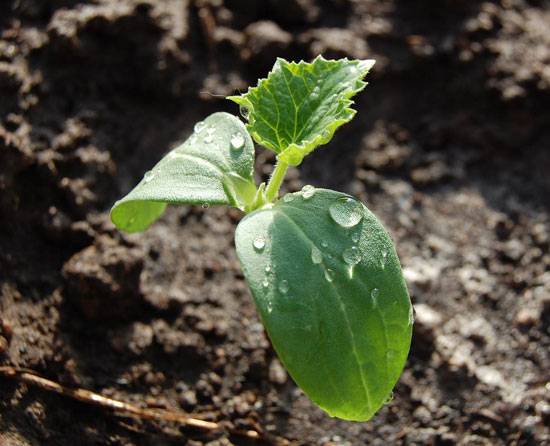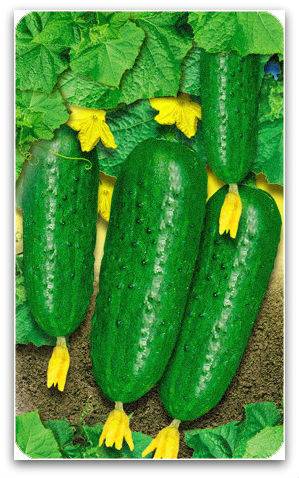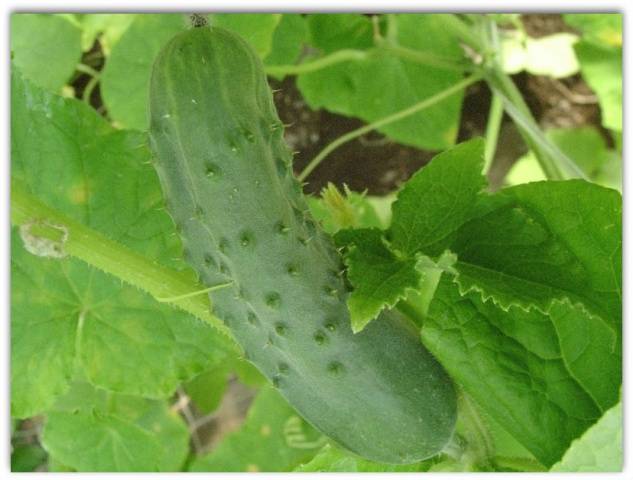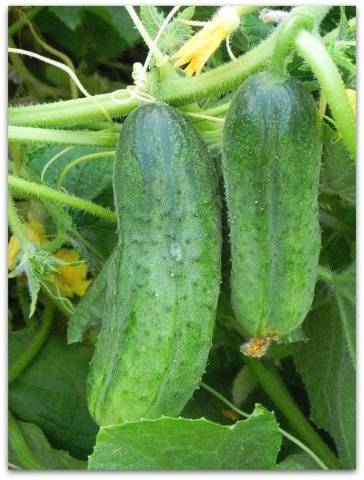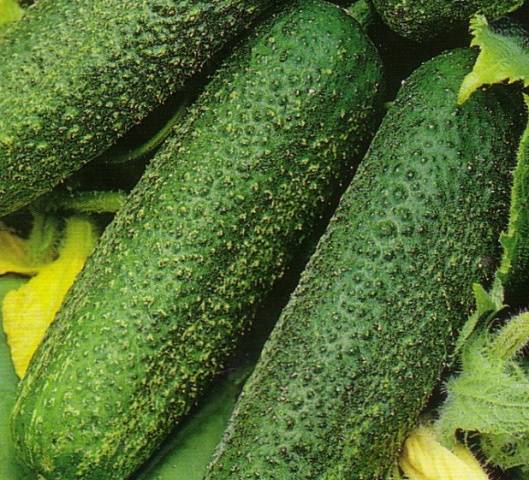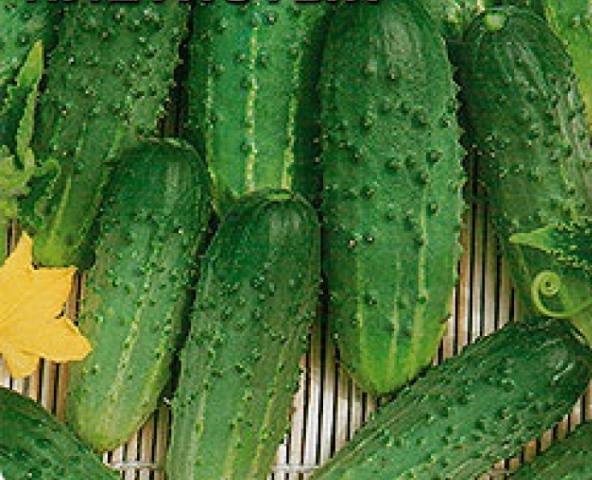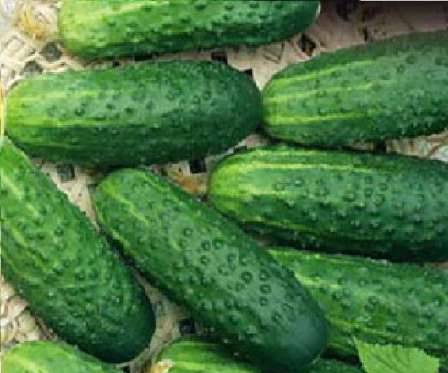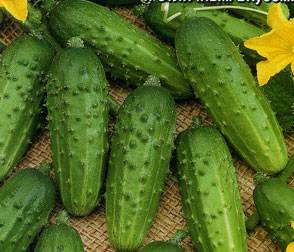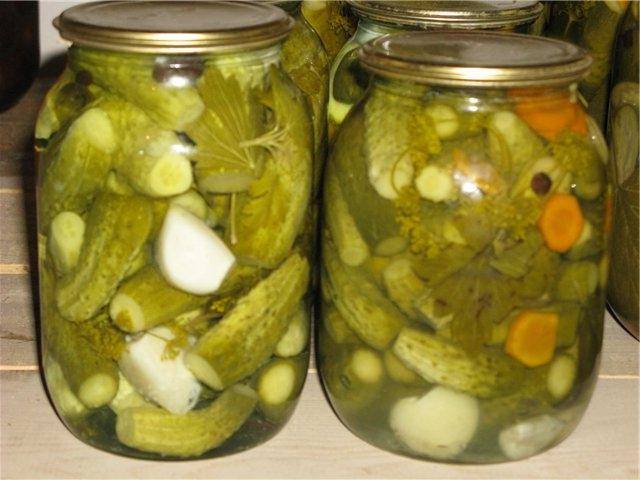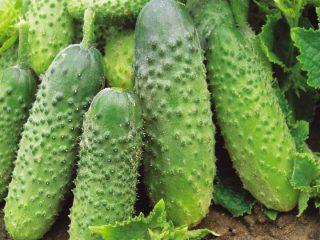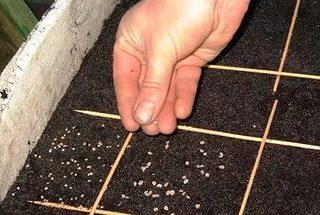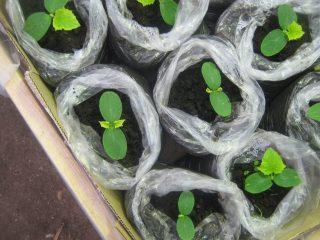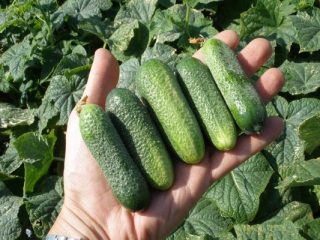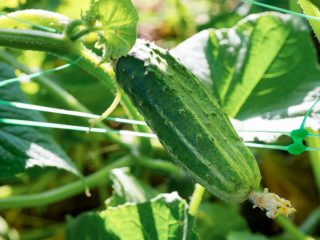Content
Cucumber varieties are divided according to ripening time into early-ripening, mid- and late-ripening, although the last two types are often combined into one. Many gardeners are interested in the question of which of these three types of plants will bear fruit optimally in open ground beds, and why, in general, is it necessary to plant late varieties? After all, it’s easier to land early cucumbers and enjoy fresh vegetables before anyone else. We will try to answer all these questions today.
Why do you need a late variety?
Before we consider the late popular varieties of cucumbers for open ground, let's find out the purpose of such a vegetable. When buying seeds, many hobbyists first look at the colorful label with an advertising message about the merits of the variety, for example, “Super early” or “Super early ripening”. Is it possible to choose seeds according to this principle and why are these late cucumbers needed?
It’s probably easier to plant an early variety in the garden and after about 35 days you can already enjoy the fresh vegetable.Why then wait one and a half or two months for late cucumbers to ripen? A specialist or any experienced gardener will answer without hesitation that the secret lies in the final result.
Distinctive feature of late varieties
To understand why late fruits are needed, let's turn to botany and briefly look at the periods of cucumber development. At the beginning of growth, before the first ovary appears, the plant builds up its root system. Although the roots are not that big, they still grow. When the flowering and fruiting phase begins, root growth slows down, and the green stem begins to grow vigorously.
Now let's see what happens to the early variety of cucumbers in the garden. The fact is that the more developed the root of a plant, the more nutrients it receives from the soil. The root system of an early variety plant matures in about a month. Naturally, it is several times smaller than the root system of the late variety for open ground, which develops up to 50 days. A plant with a smaller root system will bear fruit at a minimum or will produce many fruits at once in a short time and die.
From this we can conclude that an early variety plant, having finished bearing fruit in a couple of weeks, begins to turn yellow and then dries out. Fertilizing with nitrogen fertilizers can slightly extend the life of the green stem of a cucumber, however, this will not bring much benefit.
If you take late varieties for open ground, then with a powerful root system they will bear fruit in the garden for a long time, delighting the owners with fruits all summer long before the onset of cold weather.
Drawing conclusions
When planting garden beds with cucumbers for your own consumption, you need to give preference to seeds not with colorful advertising packaging, but select them according to their ripening period. You can plant a few bushes of early varieties for the first fresh salads, and later ripening fruits will be used for canning.
Cucumbers are one of the most consumed vegetables, so they are in demand all year round. In the absence of a greenhouse, only late varieties for open ground will allow you to obtain fresh fruit for a long time. In addition, such cucumbers are well suited for canning, barrel pickling and pickling. If they have a freezer, owners manage to freeze late variety fruits for preparing dishes for the New Year holidays.
Selecting a variety by branching
When choosing seed material for late cucumbers for open ground, plants with strong weaving are more suitable. The more actively their stem is formed, the better the harvest will be. An example for open ground would be the varieties “Phoenix”, “Chistye Prudy”, “Phoenix 640” and “Maryina Roshcha F1”. A distinctive feature of these late varieties is their abundant fruiting before the onset of the first frost. Plants do not require trellis installation. They will simply float on the ground, the main thing is to provide them with sufficient space.The advantage of the fruits of each variety is the absence of bitterness.
Briefly about the rules for planting late varieties
Cucumber is a heat-loving plant and when planting seedlings, it may hurt a little. First of all, this is due to changes in soil temperature.
The seedlings grew in a warm place, and when planted in open ground, even if it is already warm outside, the root system enters a cool environment. Here it is important to reduce the amount of watering, as the risk of developing putrefactive fungi affecting the roots increases. When rotting is first detected, sprouts can be saved with fresh or sour milk.
Seedlings of late cucumbers should be watered early in the morning only at the root. This will reduce the amount of condensation that causes fungal diseases. It is bad if water gets on the leaves of the plant when watering, and you also need to remove old leaves and remove fallen leaves in a timely manner. Such simple rules will help prevent the development of pathogenic fungus.
In this video you can see an experiment with planting cucumbers in July:
Let's get acquainted with late varieties of cucumbers
Finally, the time has come to get to know the late varieties of cucumbers intended for cultivation in open ground. There are a large number of them, however, we will consider the most popular varieties among ordinary summer residents.
Phoenix
The plant is characterized by the formation of a large number of female flowers, but for good pollination the participation of bees is required. A strongly branched plant that produces a bountiful harvest, it is intended for open ground, but can grow under a film.The first fruits are harvested approximately 64 days after seedlings are planted in the ground or seeds germinate. The variety is different long fruiting before frost sets in. Crispy fruits up to 16 cm long and weighing 220 g do not accumulate bitterness. Cucumber is good for pickling and cooking.
Winner
A plant with long, developed vines tolerates drought and coolness and is rarely susceptible to fungal diseases. Long-term fruiting continues until the first frost. The cylindrical fruits are covered with large pimples with a yellowish tint. Cucumber is famous for its pickling qualities.
Solar
This variety is more of a mid-season cucumber, although you must wait at least 50 days before fruiting begins. By planting it in an open garden bed as a late cucumber, the gardener can’t go wrong.
The plant develops a large number of long side shoots and stepsons, which is optimal for growing in large gardens. The stem is covered with both types of flowers, which require pollination by bees. The vegetable is characterized by a sparse arrangement of tubercles on the peel and the presence of light green stripes. The weight of an adult fruit with a length of 12 cm is 138 g. Cucumber is most suitable for preservation.
Brownie F1
The vegetable belongs to late-ripening hybrids. The strongly climbing plant bears fruit well in open ground and in greenhouses and is resistant to many diseases. The hybrid has an excellent taste without bitterness. Greens are optimally suited for pickling.
Fruiting continues all summer until the end of autumn. The green fruit is up to 9 cm long with small pimples and covered with white spines.
Chinese climbing
A late bee-pollinated variety, depending on care, can bear the first fruits 55–70 days after planting.A plant with long vines and medium branching is ideal for open ground. Fruits with a length of 12 cm gain weight of 130 g.
The advantage of the variety is expressed by its good tolerance to low temperatures and protective immunity against common diseases. The vegetable has a marketable appearance and is well suited for pickling.
Nezhinsky
The late variety can grow in open ground and under film. The plant has long vines and produces predominantly female flowers, but requires the participation of bees for pollination. A dark green vegetable 11 cm long and weighs 100 g. The peel is covered with large tubercles with dark spines.
The vegetable is famous for its delicious taste, is optimal for pickling and does not have the characteristic of accumulating bitterness.
Crunch F1
The late hybrid takes root well in open ground and under film.
The vigorous plant is resistant to many diseases. Long-term fruiting continues until autumn.
The bright green fruits, 10 cm long, weigh about 80 g. The juicy, without bitterness pulp with a characteristic crunch determines the popularity of the vegetable for preservation.
Late hybrids for preservation
Late hybrids growing in open ground and intended for pickling have differences in cell structure and morphology. The main sign that the fruit is intended for preservation is the edge of the ovary. In an adult fetus, these harmless hairs turn into thorns.
They can be dark or light, and are also located both on the tubercles of the peel and evenly over its surface. For the plant, the pimples serve as a regulator of moisture evaporation, and during preservation, brine penetrates into the fruit through them.
Fruits with black spikes on large tubercles are optimal for preservation.The acquisition of such a dark color occurs due to the evaporation of moisture together with the pigment. The crunchiness of the pulp depends on the structure of the cells, which in an adult fetus do not grow, but stretch. The hybrids “Mama’s Favorite F1”, “Lilliput F1”, “Khazbulat F1”, “Athlete F1” and many others have such characteristics.
The choice of a particular late variety for an open garden directly depends on the preference of the owner and the purpose of the vegetable, be it canning, selling, or simply eating raw.
